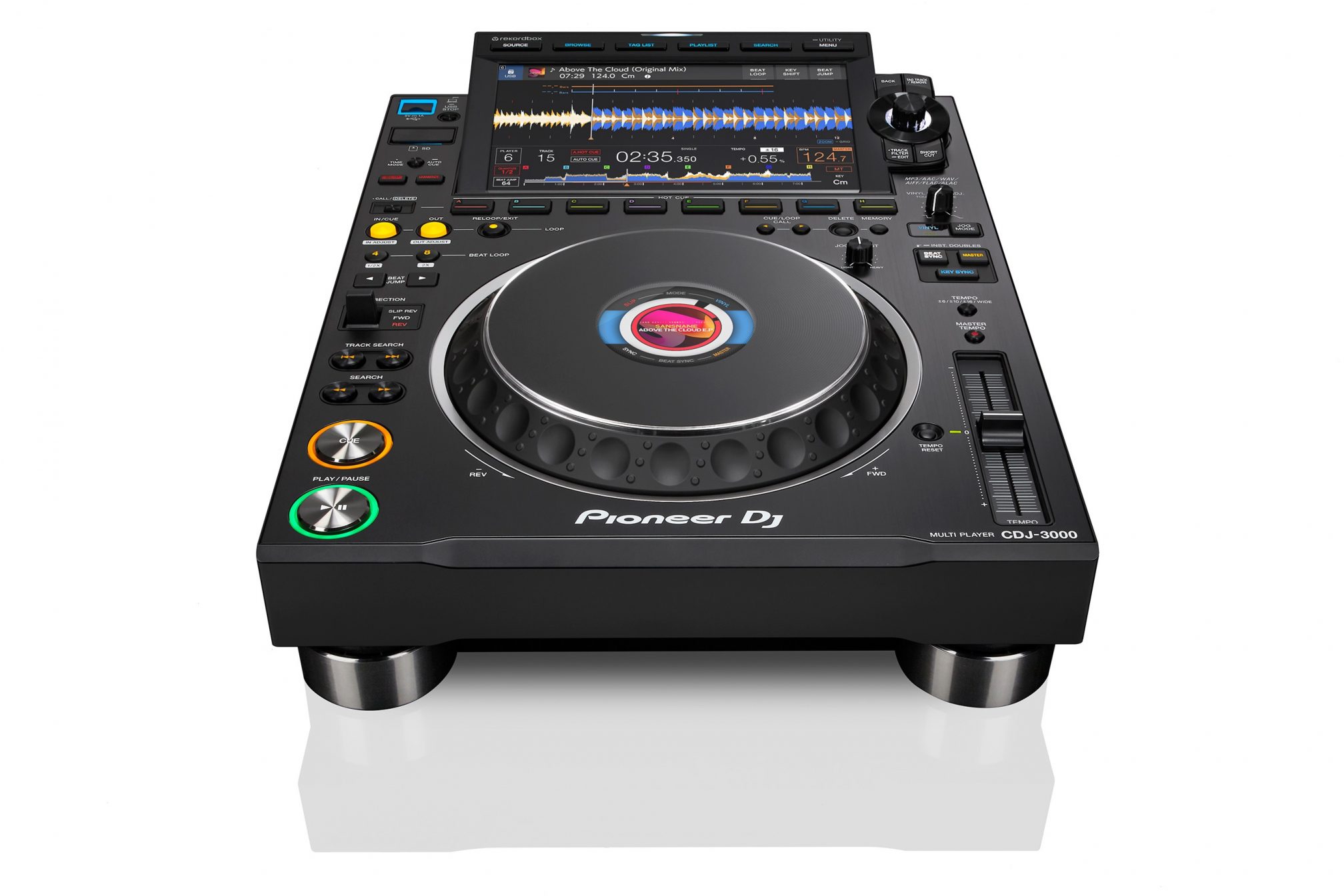 Features
Features
7 DJs tell us why they're so excited about Pioneer DJ's CDJ-3000
Honey Dijon, Benji B, Eats Everything, Monika Kruse, Pan-Pot, Josh Newsham and Etapp Kyle discuss Pioneer DJ's new piece of kit
You might have heard that Pioneer DJ has released the CDJ-3000. Powered by a new MPU, the CDJ upgrade is being billed to completely change the game in the DJ booth. Thanks to that new MPU, the tech brand has been able to deliver new functions and features that were not previously possible. Another major plus is the 9-inch touchscreen - allowing for more information - with higher resolution and screen brightness being increased by 150 per cent. No wonder it's got the likes of Honey Dijon, Eats Everything, Benji B, Pan-Pot, Monika Kruse, Josh Newsham and Etapp Kyle so excited. Check out what the DJs are most looking forward to with the CDJ-3000 and how the CDJ in general has impacted their careers below.
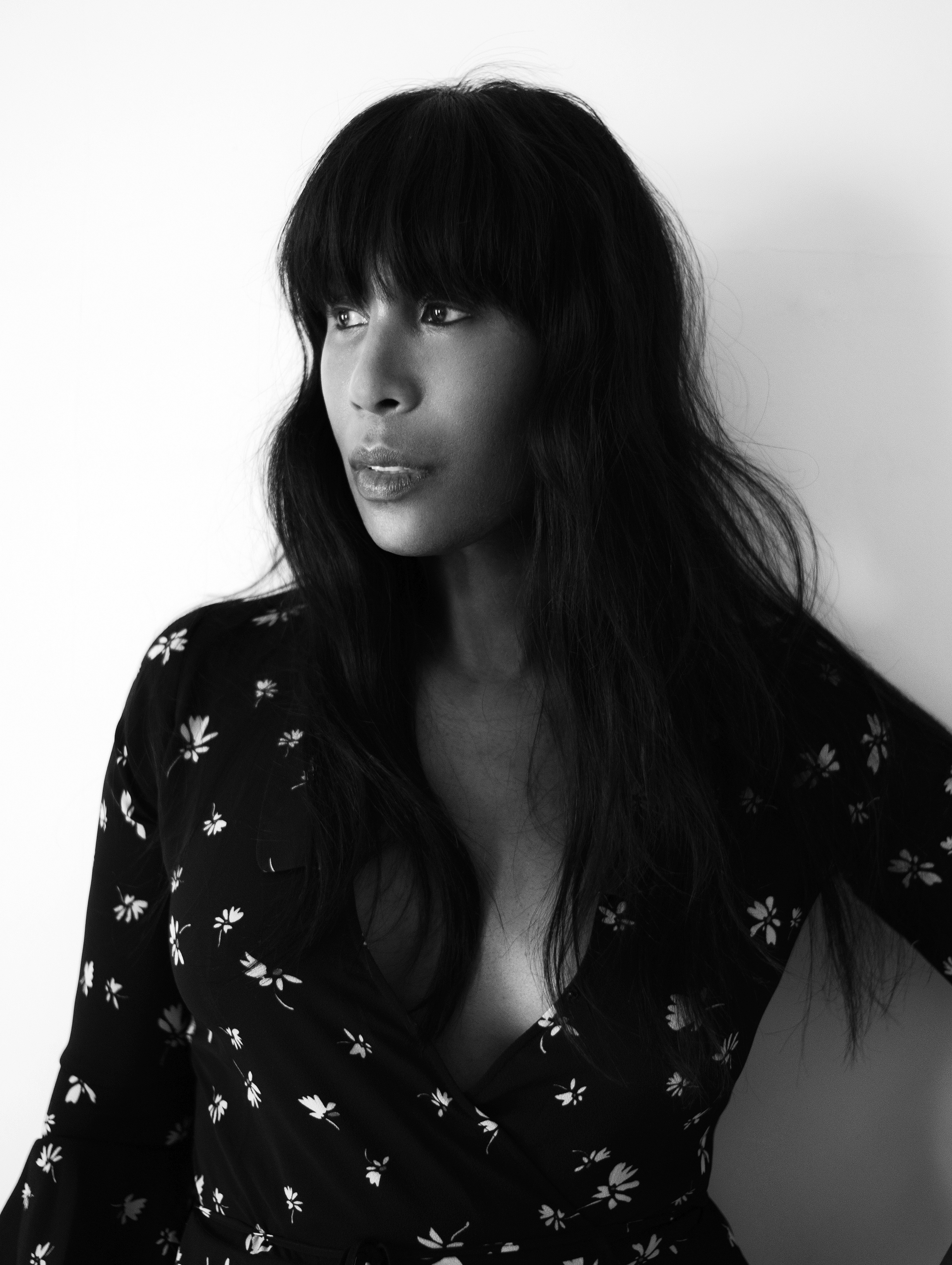
Honey Dijon
Mixmag: What are you most excited about with the CDJ-3000?
Honey Dijon: The beat jump feature as well as the key change feature will elevate the game. Also the hot cues at eye level and the loop functions will make performing easier and much more creative.
MM: Touch preview and touch cue features have been added thanks to a bigger screen than the CDJ2000-NXS2. How will this help?
HD: It will definitely help my workflow, especially when searching for music. That's super important especially at outdoor festivals when it can be a challenge during your set.
MM: To what extent do you think Pioneer DJ has changed the game with this new model?
HD: The layout of the new decks will be much more user friendly with all of the hot cues, looping, and beat jumping. Alongside the new V10 mixer it will certainly make me more fearless in experimenting during my DJ sets.
MM: How have the various models of CDJ helped develop you as a DJ?
HD: As the features keep expanding on the decks, so does my imagination and skills in how I present music. It's allowed me to be creative and spontaneous within my DJ sets. It's also advanced my performance to a hybrid of live performer/musical selector.
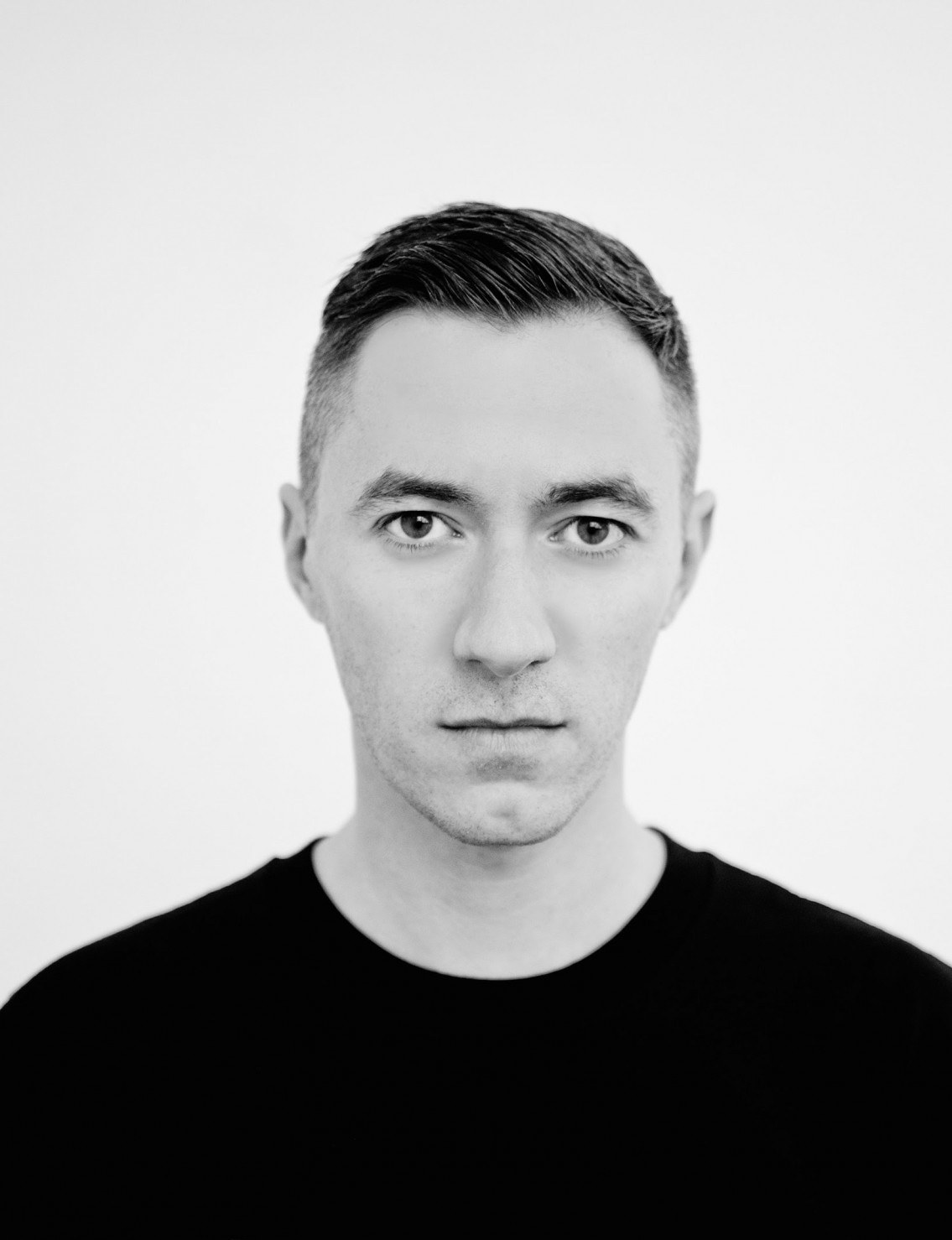
Benji B
MM: What are you most excited about with the CDJ-3000?
Benji B: The thing I’m most excited about the CDJ-3000 is really just having the next stage in the technology. For me, it’s got to a stage where the quality and the build and the sound of these products have really gone on leaps and bounds if you compare to the original CDJ-1000. Just like if you compare the sound of DJM-V10 to the DJM-500, for example. Everything is on a different level now. But with the CDJ-3000, I think I’m most excited about the display. The screen is a much more visual experience and easier to navigate and more attractive to look at and the whole build feels a lot more professional and solid. I also love the new cue points. I didn’t really use the cue points that much on the 2000 Nexus and these new cue points are spread out in a way that is much more practical.
MM: Touch preview and touch cue features have been added thanks to a bigger screen than the CDJ2000-NXS2. How will this help?
BB: I like the fact that a bigger screen enables it to be a visual experience. DJing always used to have a visual association when you’d go through a record box. Part of picking the records would be from the sleeve or centre label. There would be a big visual element to it. The upgrade in the screen means that that can now also be a part of digital DJing as well and it’s not just a tiny list of file names. I like that. I think the touch screen is a massive leap because it allows you to navigate much quicker and easier. Being able to preview on the fly and cue just by touching the screen will be super useful if you need a quick reference of the feel of a track, what key a track is in, or if you want to remind yourself of the tune.
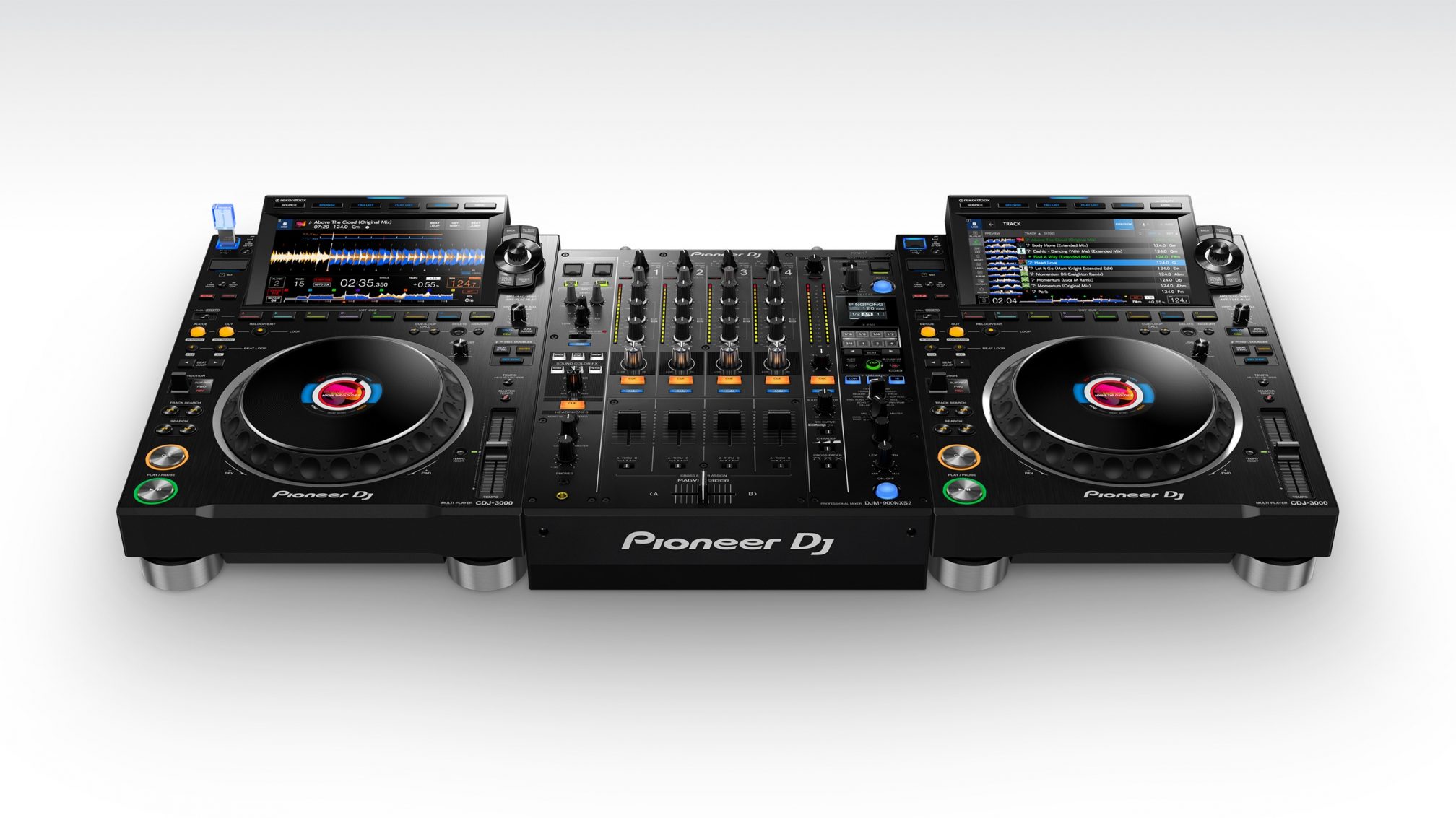
MM: What role has the CDJ played in your career?
BB: The CDJ has been an essential part of my DJing since the introduction of the very first CDJ-1000. Before that moment the only way to sort of DJ, or play unreleased music in the club, was by cutting acetates or dubplates and so I used it for DJing all the unreleased music that was coming out. The initial appeal was both the immediacy, the ability to burn new ideas and new tracks onto CDs and play them and turn that around quickly. Then, of course, a blank CD costs 79p instead of £70 which is what an acetate would cost. And so the way we first saw them at the very beginning was a way to play digital music - mostly unreleased music - before it was pressed to vinyl. Then, rapidly, as the CDJs became more standard in nightclubs and the different versions came in, in time they offered so much possibility: being able to make loops on the fly, being able to extend tunes, being able to find and make queue points and those technical elements came into DJing. After a while I’d burn a lot of music digitally. It was also the advent for receiving a lot of music as wav or aiff and so, slowly but surely, it became an essential part of my DJing. Actually, I was probably one of the first people to turn up at a club with only CDs. A couple of times I got laughed at by fellow DJs but I knew at that time I enjoyed the flexibility that the CDJ gave and the technical ability to loop tracks and also be able to carry so much music. I remember a tour where I DJ’d in America in the mid-2000s. I only took CDs and I remember that being a big step and people looking down their nose at me for playing CDs and then, two years later, the same people were asking me for a tutorial on how to get the best out of the CDJs. It’s been an essential part of my DJ career.
MM: How have the various models of CDJ helped develop you as a DJ?
BB: I've used CDJs so much that each incremental change between MK2, MK3 and then the huge leap to 2000 would help develop the way you play. For example, the master tempo function on the CDJ-1000 was so bad sound quality wise, compared to what it is now, that i would very rarely use it. I’d use it as a pitch control like a turntable used to be. As that gradually improved, I remember little functions like being able to press play straight from when you would cue that came along on one of the MK2 or MK3 which was huge. Sometimes you’d be cueing in the headphones to mix using the cue button holding it down and then you could just switch to pressing play. I remember all the incremental changes and it affected your confidence in a positive way in terms of using them much more.
The other area in which it’s really helped me develop and allowed me super flexibility, which is probably the most important area, is the radio and the reason for that is because my radio show is pretty much 95 per cent brand-new music every week. A lot of that music is sent directly from musicians and sometimes labels, but often straight from studios - people making the tunes. In the peak of the show, being a producers' destination for sending tunes to have them premiered. I couldn’t have played them without the CDJs. I’d have had to play them off dat or mini disc or something and being able to actually DJ them and mix and replicate the feel of a turntable allowed me to DJ brand-new music I’d received that night. I could burn a CD in five minutes and be playing it on the radio. The ability to present music on the radio but to also DJ it, beat match it like i was in a club was a huge development so I would insist wherever I was doing radio that we had the latest CDJs because, pretty fast, the radio moved from being majority vinyl to being majority burnt CDs of new music.
Read this next: Pioneer DJ steps up a level with the CDJ-3000
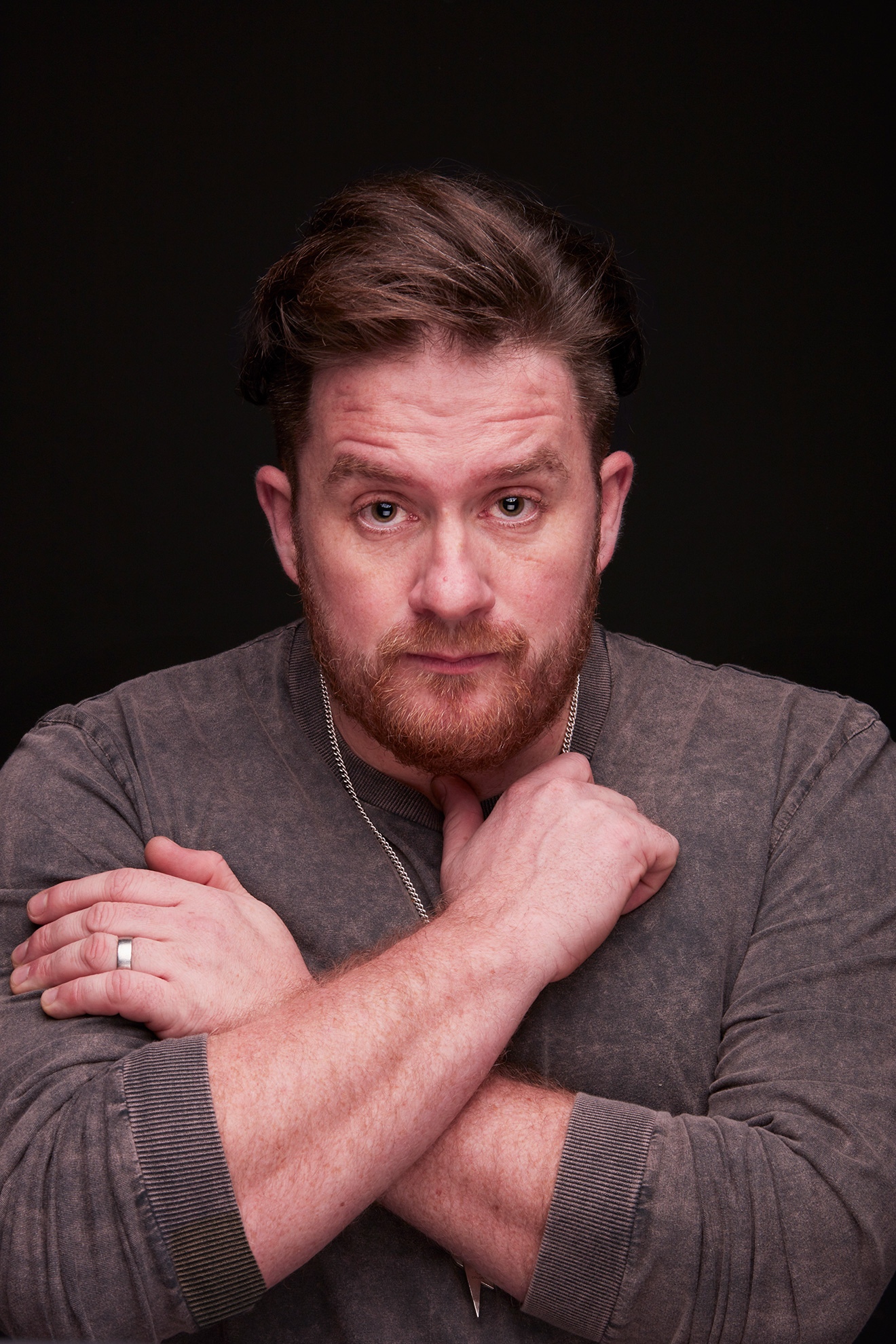
Eats Everything
MM: What are you most excited about with the CDJ-3000?
Eats Everything: I’m really excited about the sound quality because good sound is imperative. The new jog wheel is lovely and weighty as well. It feels like a proper upgrade and the key sync is an amazing feature. I try to mix in key where possible but it’s not always doable with my stupid ears. Now it is.
MM: The CDJ-3000 comes with an advanced MPU - how will this benefit you?
EE: It’s such a great addition, especially with the fact that if somebody knocks the link cable out, the track will keep on playing instead of just the emergency loop. It’s gonna be great to be able to scan through tracks quickly and easily as well.
MM: Touch preview and touch cue features have been added thanks to a bigger screen than the CDJ2000-NXS2. How will this help?
EE: It’s a really great addition. Especially if you are playing new records that you don’t really know!
MM: To what extent do you think Pioneer DJ has changed the game with this new model?
EE: It feels like a full upgrade. Everything has gotten slicker and more user friendly, all the while being greatly expanded. Exciting.
MM: What role has the CDJ played in your career?
EE: I’ve been DJing since 1992 and first used the CDJ-500 way back when. I really started to make the switch over to CDs from vinyl when the 1000 came out in 2001. My last ever full CD set was my live [BBC Radio 1] Essential Mix in 2011. I was too scared to go full USB for something so big! After that I switched to USB and haven’t looked back. The advancements that have been continuously made are amazing. I honestly didn’t see the point of making the 3000 and said this in R&D sessions with Pioneer DJ as I think the 2000 nexus is great. But, as soon as I had a go on the 3000, I realised why they were made.
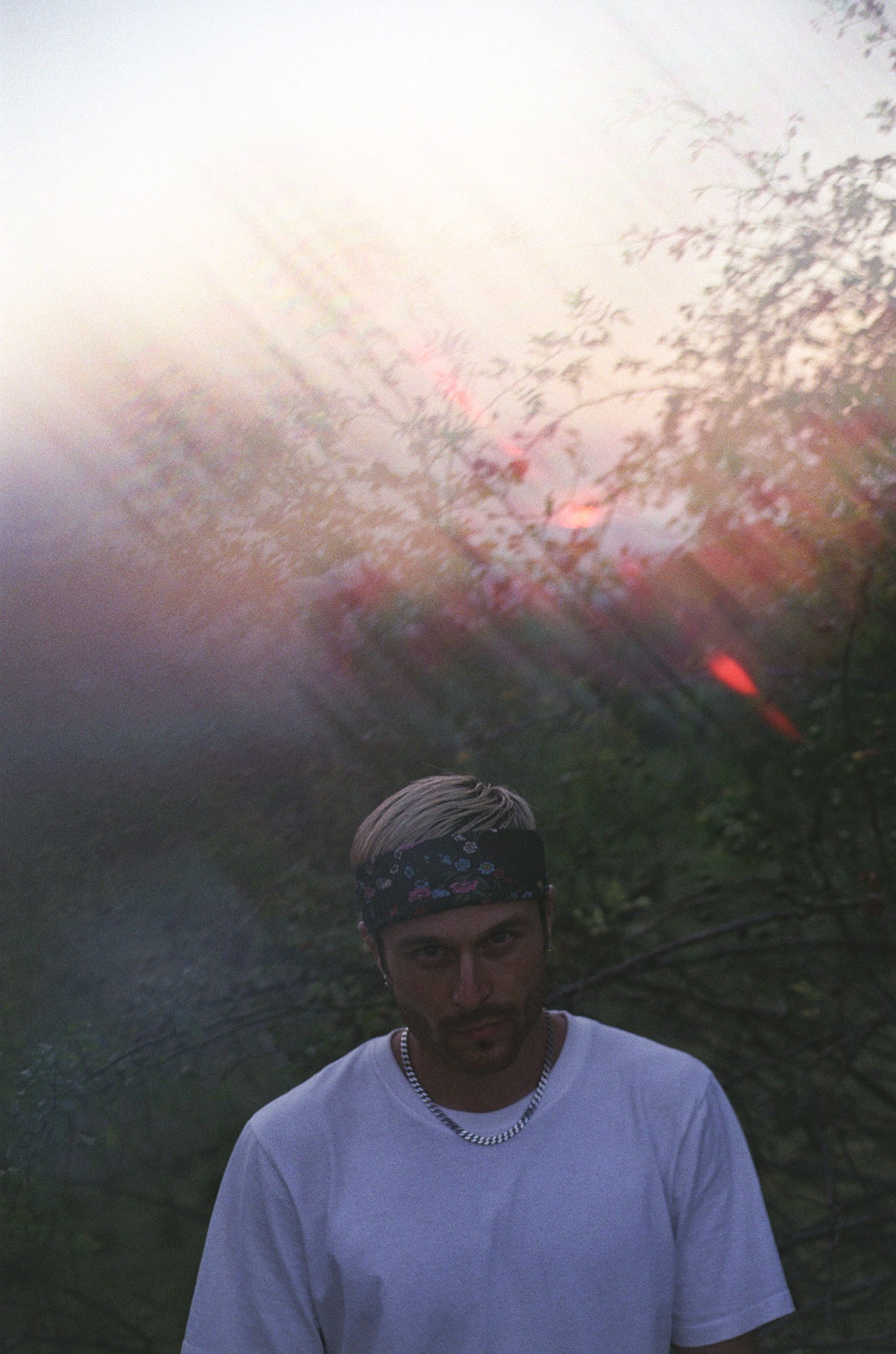
Etapp Kyle
MM: What are you most excited about with the CDJ-3000?
Etapp Kyle: Oh, where do I start?! First of all, I am a big fan of the new situation of the cue section. Now it’s so intuitive to have them under the waveform and what I love is that I can use all eight of them without needing to switch the bank. It seems like I don’t need to edit tracks ever again.
To this day, I didn’t really use any of the ways to mix in key. Now with the new key shifting, it will definitely change. Also I think it’s a whole new space here to experiment and sometimes not to play in key on purpose. I love to go atonal sometimes. The Dedicated Beat Jump buttons are a dream come true for me. I've also been discovering this feature in combination with polyrhythmic loops. It's insane what you can do with it. And, of course, that beautiful new screen, the new waveform on it and, especially, the scrolling option. It takes way less time for me to find things now.
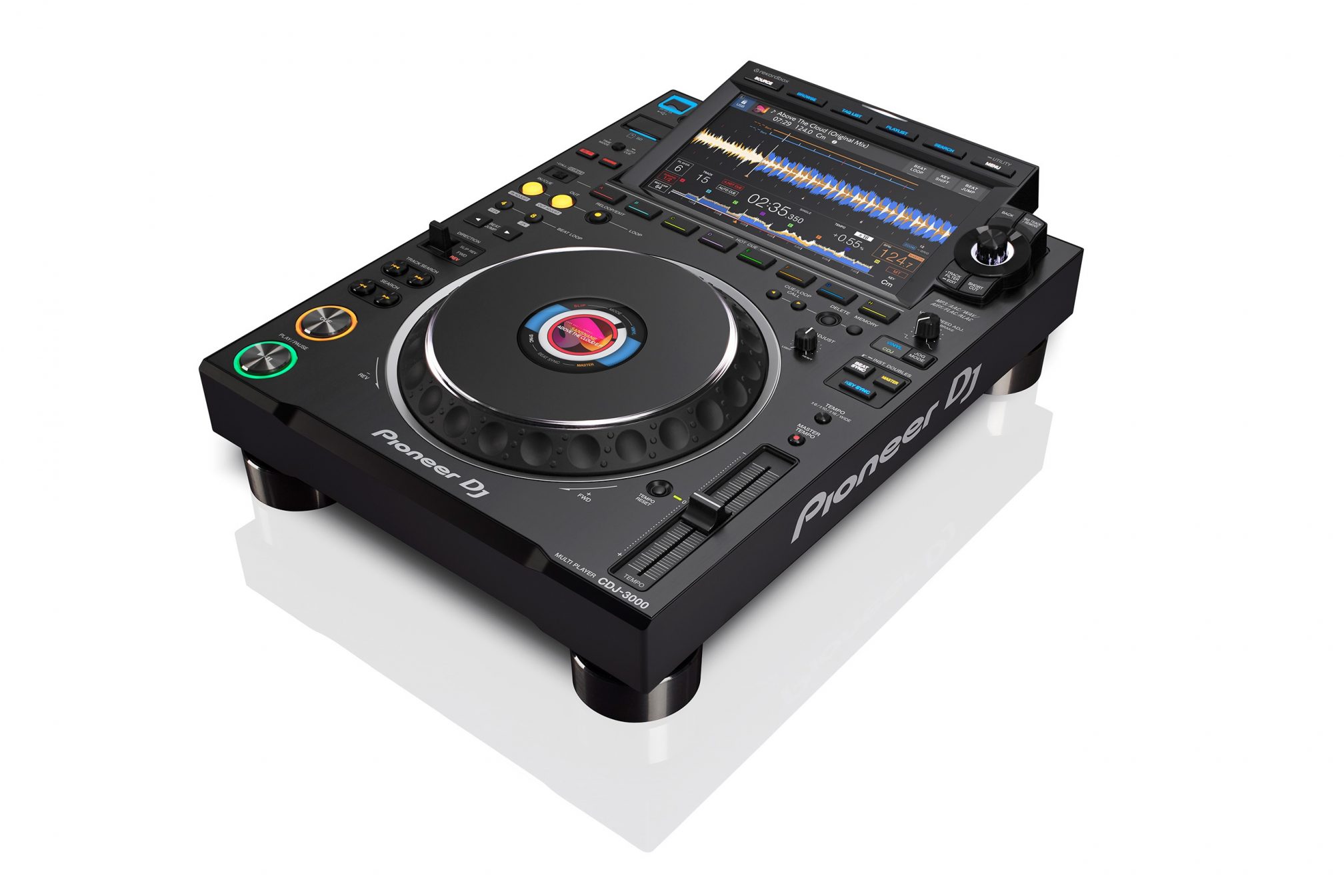
MM: The CDJ-3000 comes with an advanced MPU - how will this benefit you?
EK: I need things to be loaded very fast when playing and the new MPU onboard definitely improves this experience. Also, I like that it now allows me to preview tracks even before loading.
MM: How have the various models of CDJ helped develop you as a DJ?
EK: The ability to save cues on a SD card on CDJ-1000 MK3 was something to help me to stay in the mix almost constantly. I know not that many people used that feature, but it was a big deal for me. Also I started to experiment with loops already on this model, since I was able to adjust the lengths of them. It was still hard to make a perfect loop but it was the beginning. The first CDJ-2000: the USB, Rekordbox, quantization, loops and hot cues - that changed the game forever! It was the first time that I was able to play four decks at the same time properly.
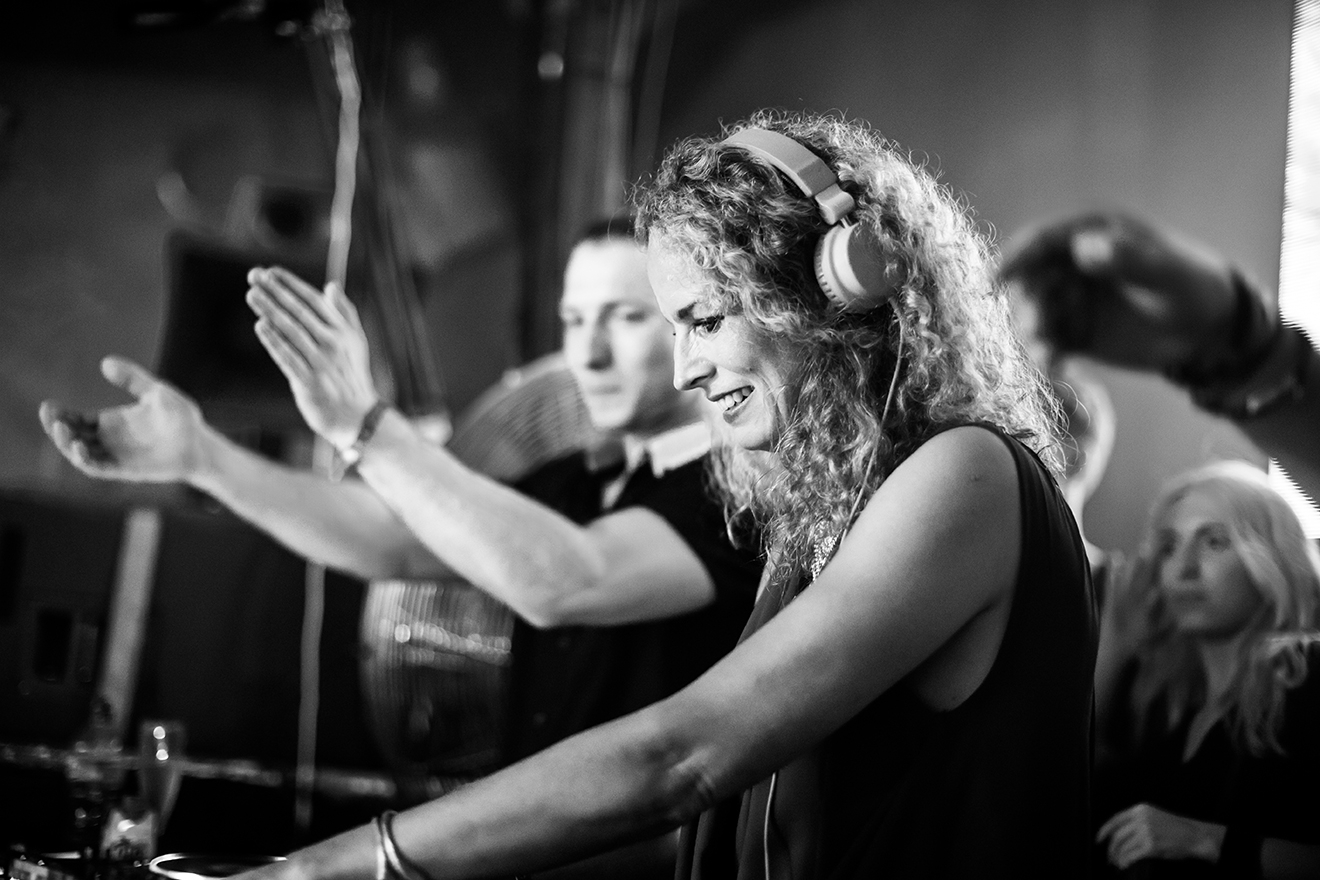
Monika Kruse
MM: What are you most excited about with the CDJ-3000?
Monika Kruse: I really love the new MPU and the new Jogwheel, which is more smooth and accurate. Finally you can see the cover when the track is playing, which is sometimes very helpful to memorize the track better. I like that the sound design improved again, which is a very important part for me.
MM: How do you think this model will change DJing?
MK: There are new features like Key Sync and Key Shift where you can even change the tonality of a track so it is easier to mix tracks together which are in different keys. You now have a bigger melodic freedom of mixing tracks together.
MM: Touch preview and touch cue features have been added thanks to a bigger screen than the CDJ2000-NXS2. How will this help?
MK: It is so much more comfortable to have a bigger screen! I love the touch preview and that I have the possibility that I can listen to a track of the other player via touch screen too. It is really helpful as well if you have a DJ handover at a festival and you want to know what is happening with the track from the DJ before you. Just touch the screen via Link cue and you know what is happening in the track of your colleague.
MM: To what extent do you think Pioneer DJ has changed the game with this new model?
MK: It is definitely next level and should not be missed in any club. Now you can become even more creative as a DJ.
MM: How have the various models of CDJ helped develop you as a DJ?
MK: I think I play different when I play a digital-only set. When the loop function was installed for me I found myself more creative with CDJs as only using vinyl. Now I had the opportunity to change myself something in the track, which with only vinyl it is not possible.
Read this next: Pioneer DJ's latest mixer will change the game
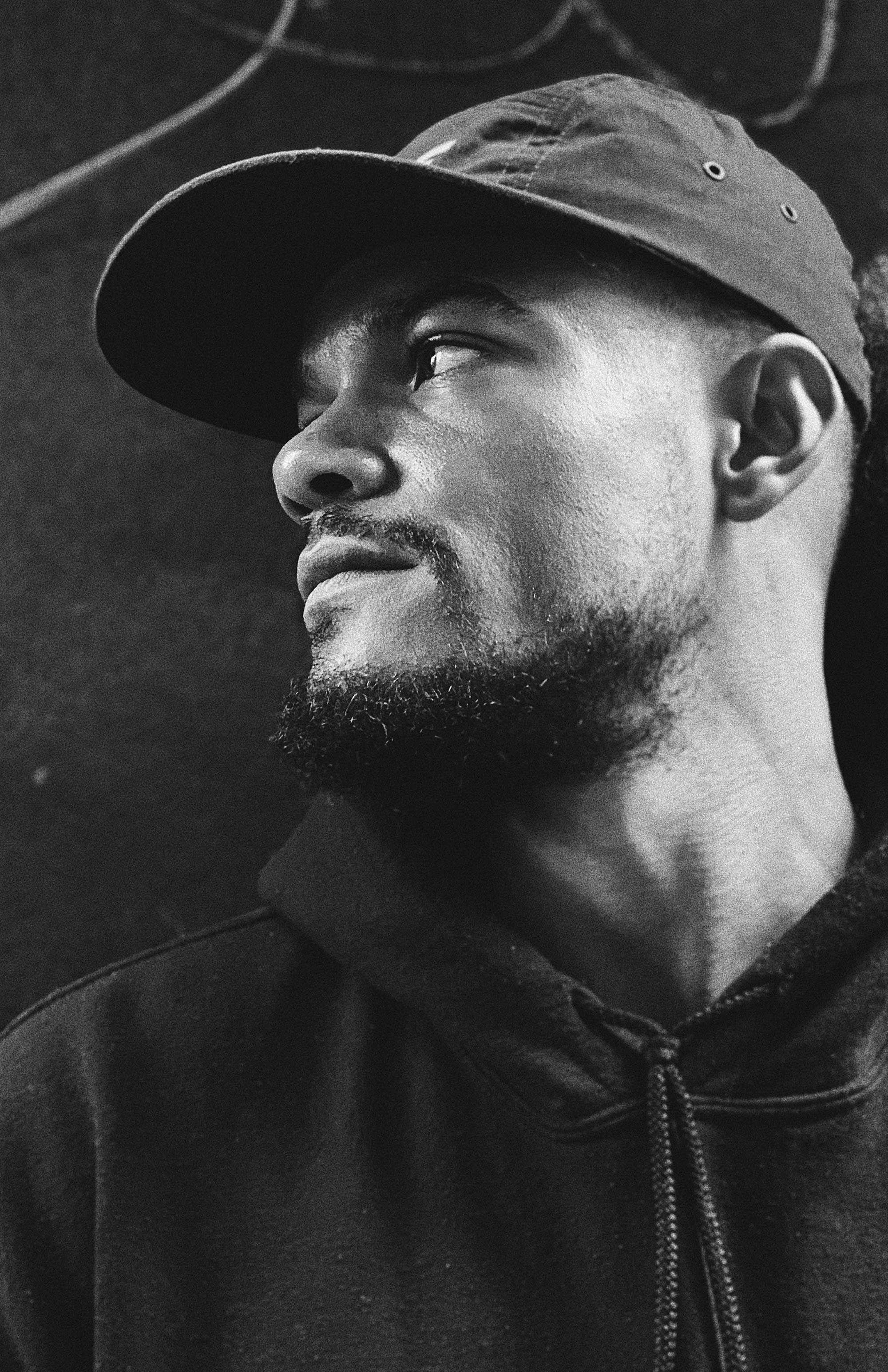
Josh Newsham
MM: How do you think this model will change DJing?
Josh Newsham: As technology has progressed, the CDJ isn't just deck one mixing into deck two as such. It's used as a full-on instrument. The CDJ-3000 completely changes the game for DJs wanting to add something extra to the mix, be as creative as possible and dive into new sounds which people won’t have heard of before from just mixing one track into another.
MM: To what extent do you think Pioneer DJ has changed the game with this new model?
JN: For me, it's the little things that add up for it to be called a ‘game changer’. Everything has been designed to help the DJ while also giving the crowd something special. Key sync/shift means the sound of the dancefloor can be clean and constant, beat jump is a great little addition to add into a mix too. It's the fastest it's ever been. Searching through playlists and loading tracks has never been quicker which means it's even more of a pleasure to use. The massive 9-inch HD screen with 3-band waveform is a great feature to see and with the new MPU inside the decks it means the possibilities are endless in terms of updates in the future.
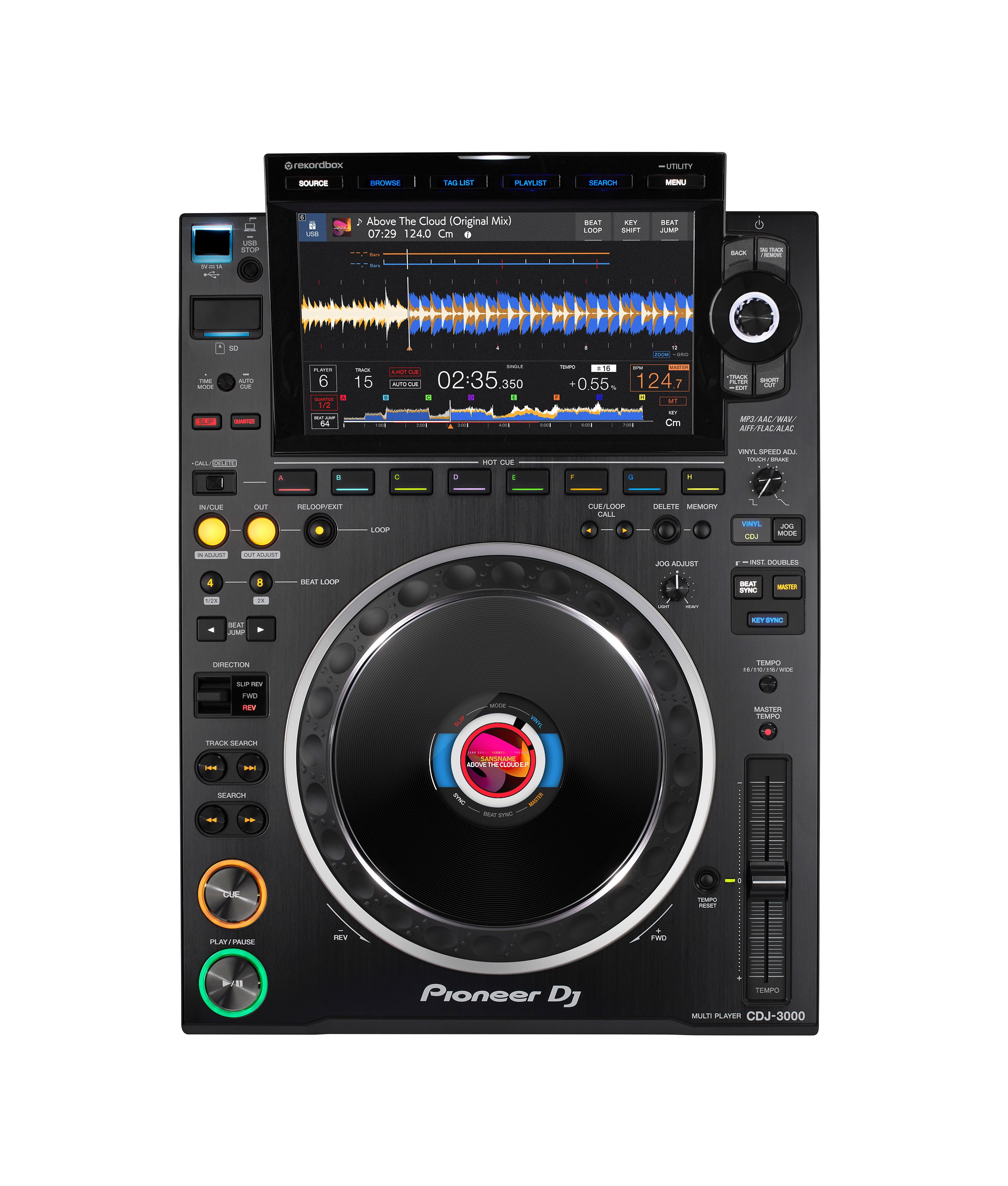
MM: How have the various models of CDJ helped develop you as a DJ?
I started out on the 1000s and eventually bought the 350 package for my bedroom setup. This helped me during the week to learn and focus on the basics of beat matching etc., then take that into the club on the weekend. Using the various models of the CDJ and seeing it progress into the 3000 makes you really appreciate how far Pioneer DJ has come in keeping it so user friendly, while, on the same hand, adding so many new features. You almost feel like it's also a part of your journey. As you grow as an artist, so does the CDJ.
MM: What role has the CDJ played in your career?
JN: It's been a vital part of my career and I can’t imagine walking into a club and seeing anything different. It's your best friend in the booth. You can always rely on it in terms of anything mechanical. The CDJ is a pleasure to use. It's an enjoyable piece of kit that will never lose its novelty to play on. Once you see a Pioneer DJ set of decks when you enter any club booth, you have the confidence that it won’t fail you and you’ve hours of fun ahead.
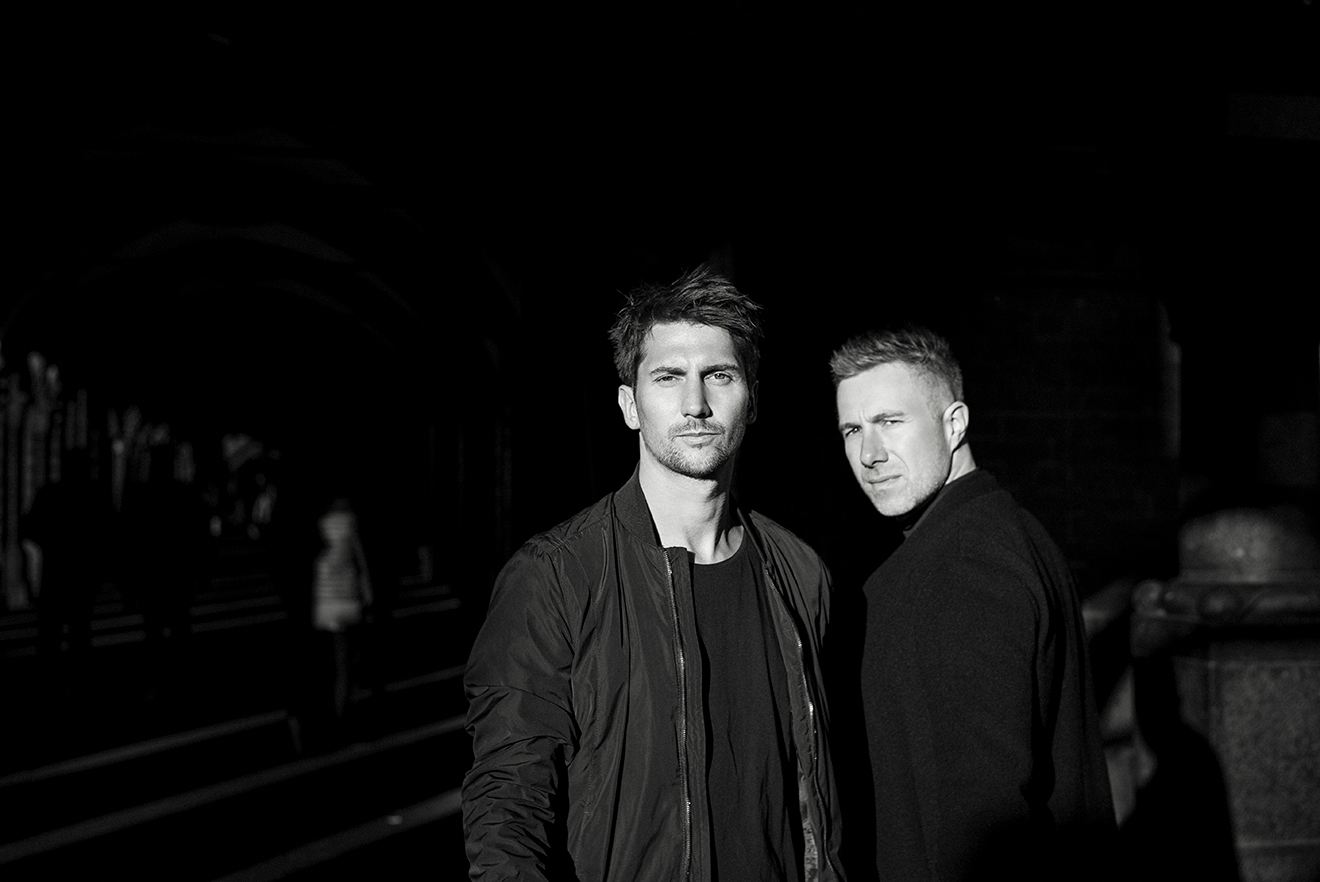
Pan-Pot
MM: How do you think this model will change DJing?
Pan-Pot: Mainly it will add new opportunities such as the key shift options. This is great for artists who mainly play melodic tracks and now have a bigger spectrum of music to mix with. For all those DJs who need visual information, the CDJ-3000 is the one. The playlists can be seen and handled properly. The playlist listening preview adds the last bit we all missed before. You don’t feel like you’re missing a computer screen anymore with the CDJ-3000.
MM: The CDJ-3000 comes with an advanced MPU - how will this benefit you?
PP: Tracks or, for example, Hotcue banks are loaded much faster. This is a great improvement, especially if you can remember the loading time of tracks in older CDJ models which sometimes made you grow grey hair. Besides all the new features and great improvements, the most important novelty is the audio quality provided by better sound processing, especially bass!
MM: Touch preview and touch cue features have been added thanks to a bigger screen than the CDJ2000-NXS2. How will this help?
PP: It's a great add-on. It helps you be more flexible during a set, allowing you to browse through your tracks more quickly. It also makes it easier to select tracks on the fly in playlists and this ultimately gives you more spontaneity.
MM: To what extent do you think Pioneer DJ has changed the game with this new model?
PP: Pioneer DJ has definitely been at the top of its game for many years. This new model continues on the legacy by not only creating technical improvements as we mentioned, but also by understanding a DJ's needs. For us, it’s the combination of those carefully thought out upgrades which keep Pioneer DJ as a forefront in the industry.
Check out the Pioneer DJ CDJ-3000 here
Read this next: Get the best of Mixmag direct to your Facebook DMs



